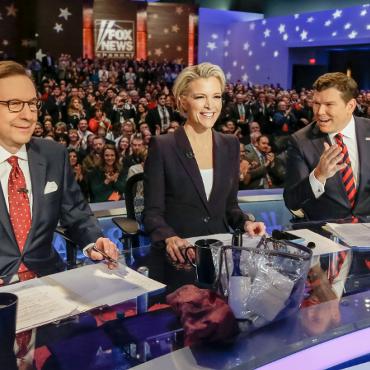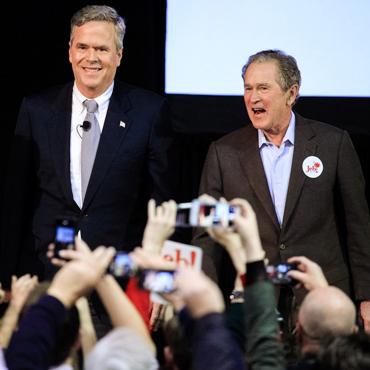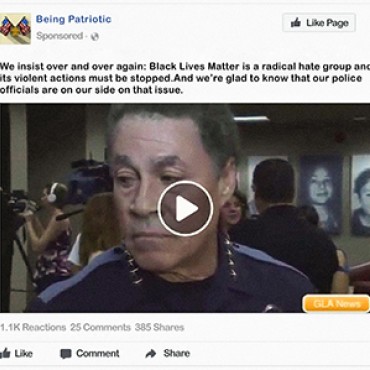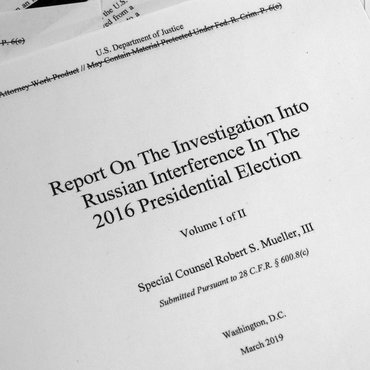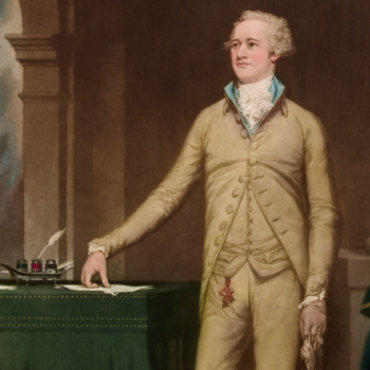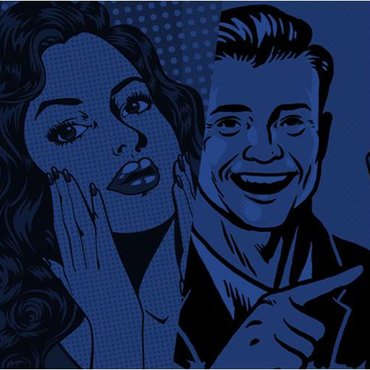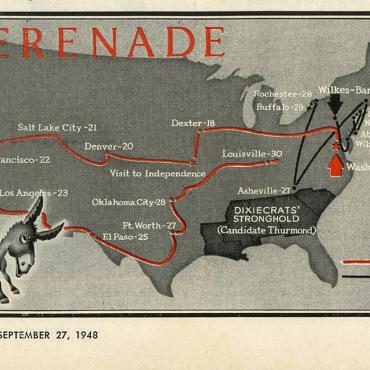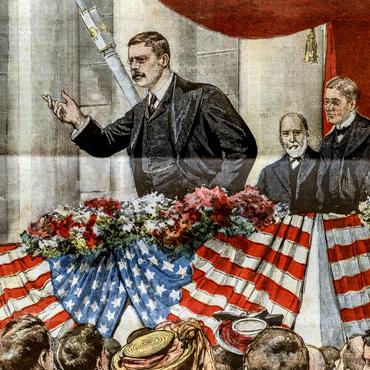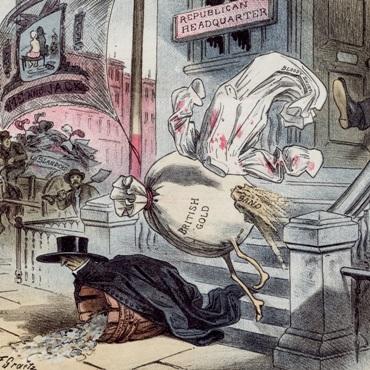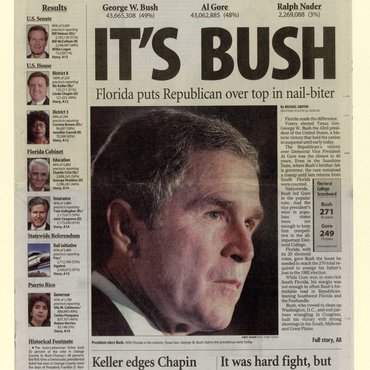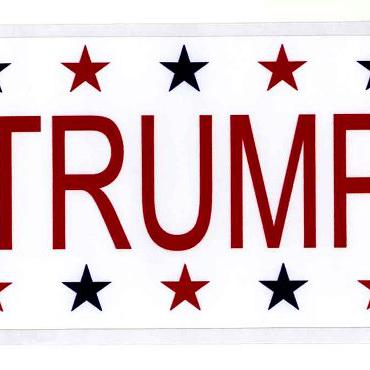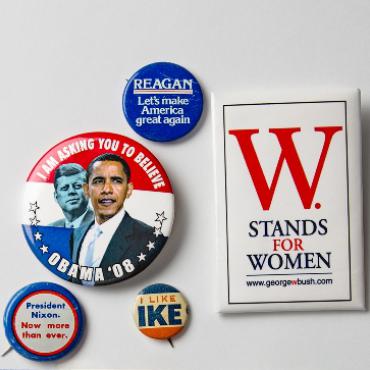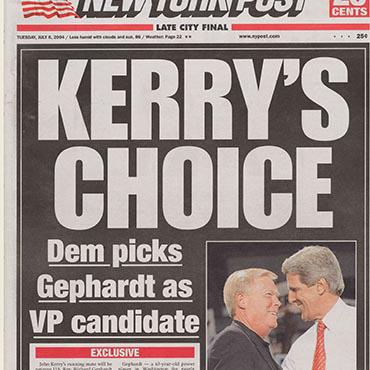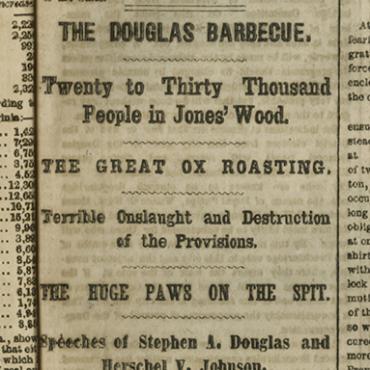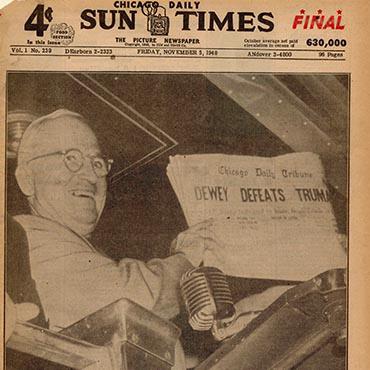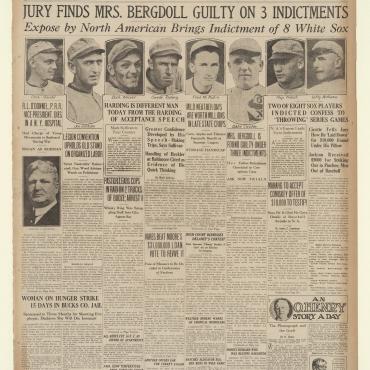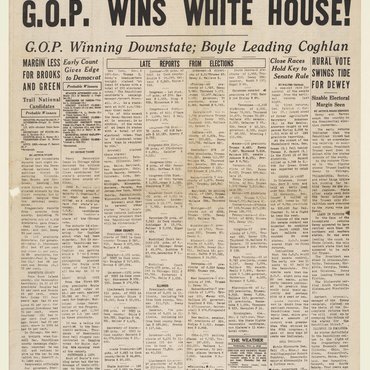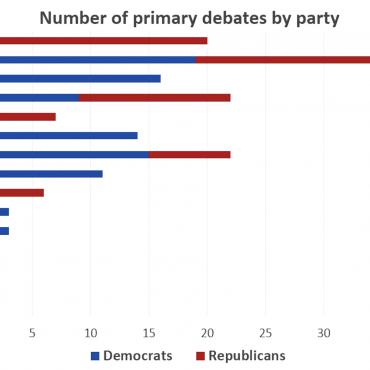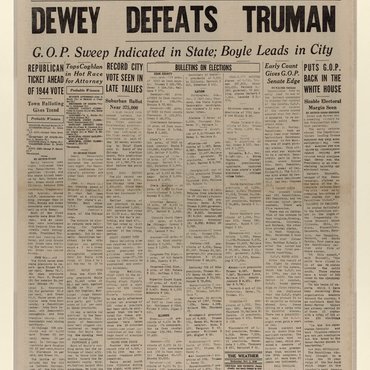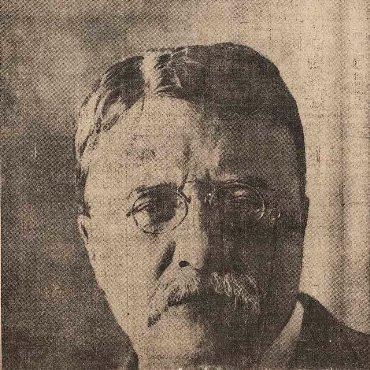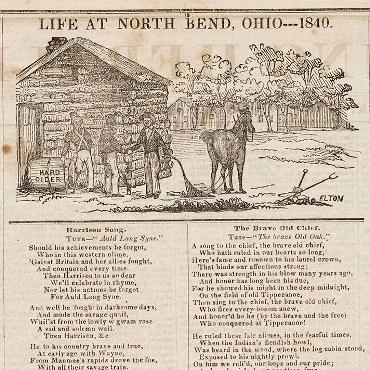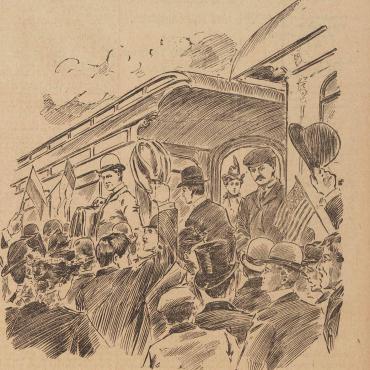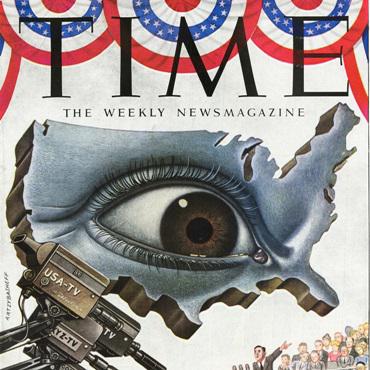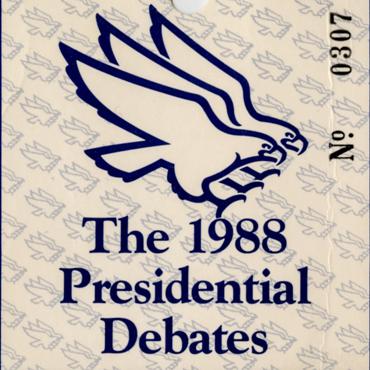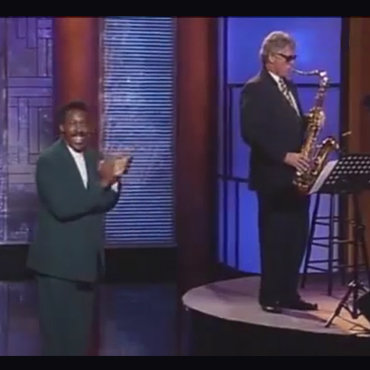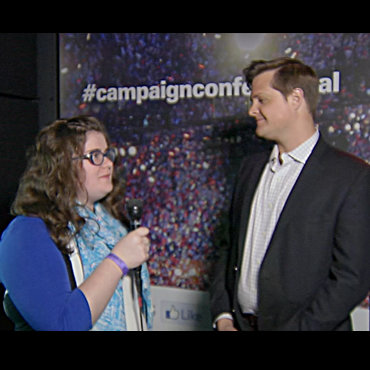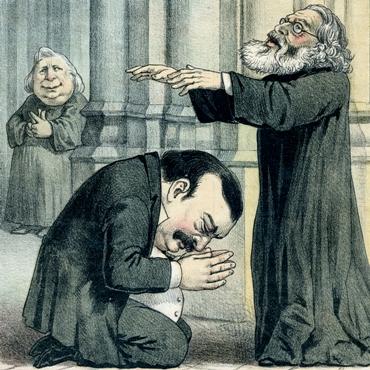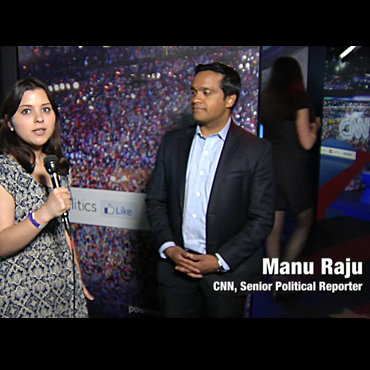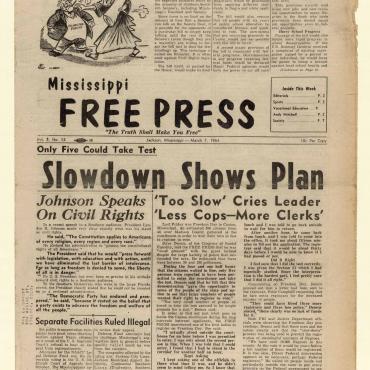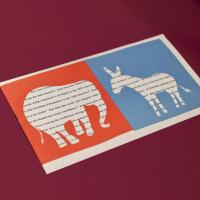
Lesson Plan
Political Persuasion: It’s All About Image
Students identify and interpret political images, discuss how they were created and explain the influence of images on the public’s perception of politicians.
Get even more great free content!
This content contains copyrighted material that requires a free NewseumED account.
Registration is fast, easy, and comes with 100% free access to our vast collection of videos, artifacts, interactive content, and more.
Sign Up
?
NewseumED is provided as a free educational resource and contains copyrighted material. Registration is required for full access. Signing up is simple and free.
With a free NewseumED account, you can:
- Watch timely and informative videos
- Access expertly crafted lesson plans
- Download an array of classroom resources
- and much more!
Duration
30-60 minutes
Topic(s)
- Current Events
- Elections
- Journalism
- Politics
Grade(s)
- 6-12
- Divide students into small groups. Students may also work individually.
- Ask them to define “image.” Tell them political candidates work hard to convey certain ideas about themselves when they campaign. Candidates are concerned about how the public sees them and what the public believes about them as they seek votes. What kind of image do you think they want to project.
- Note that political candidates use campaign media, such as ads and social media posts, as well as staged photo ops, to shape their own image, but that news media coverage can also affect a candidate’s image in the public eye, for better or worse. The words journalists use and the photographs and video clips they select to include in news stories can make a difference in what people think of that candidate.
- Have students find 10 photos and/or other images of a current or recent candidate for public office. They should use a range of sources – newspapers, websites, blogs, video sites, the candidate’s website/social media accounts, etc. – and no more than two from any one source.
- Students should use the template on the worksheet to answer questions for each image, and then write two or three summary paragraphs of their findings using the prompts.
- It’s All About Image worksheet (download), one per student or small group
- Newspapers, magazines or internet access
Ask students to share their summaries, then discuss as a class. Possible prompts include:
- Is there variety in the types of image the candidates create? What type of image is most common?
- How did you decide if an image was candid or staged? What clues or tools did you use?
- What, if anything, do the images reveal about a candidate's character? About their political platforms or priorities?
- How do the images produced by candidates compare with those captured by the professional news media? With those created or captured by the general public (supporters, opponents, citizen journalists, etc.)?
- What don't the images tell you about the candidates?
-
Common Core State Standards: CCSS.ELA-LITERACY.CCRA.R.7
Integrate and evaluate content presented in diverse media and formats, including visually and quantitatively, as well as in words. -
Common Core State Standards: CCSS.ELA-LITERACY.CCRA.W.1
Write arguments to support claims in an analysis of substantive topics or texts using valid reasoning and relevant and sufficient evidence. -
Common Core State Standards: CCSS.ELA-LITERACY.CCRA.W.6
Use technology, including the Internet, to produce and publish writing and to interact and collaborate with others. -
Common Core State Standards: CCSS.ELA-LITERACY.CCRA.W.9
Draw evidence from literary or informational texts to support analysis, reflection, and research.
-
National Center for History in the Schools: NCHS.US History.Era 10
Standard 1: Recent developments in foreign policy and domestic politics Standard 2: Economic, social, and cultural developments in contemporary United States







